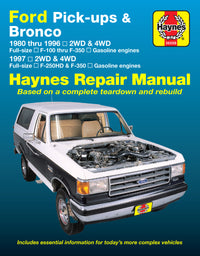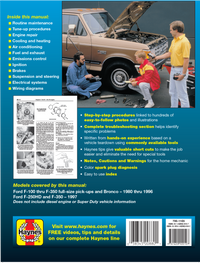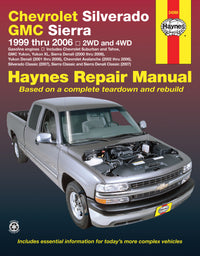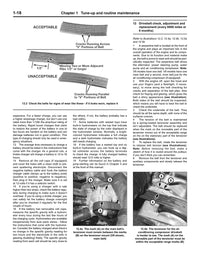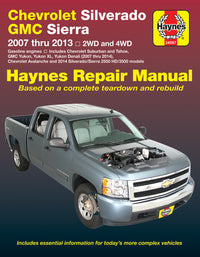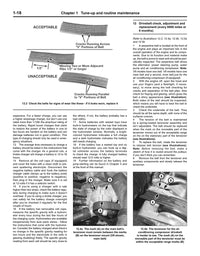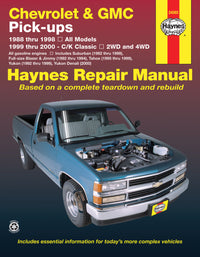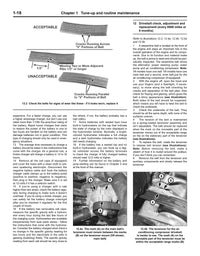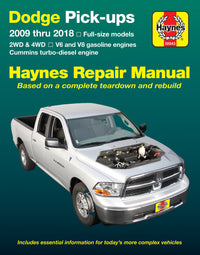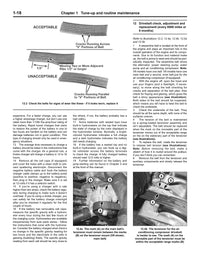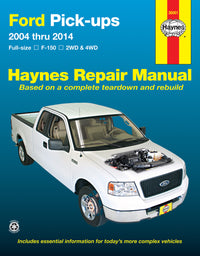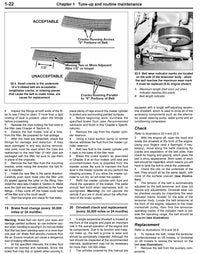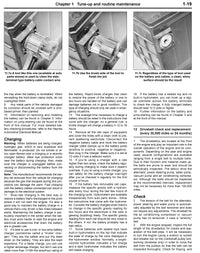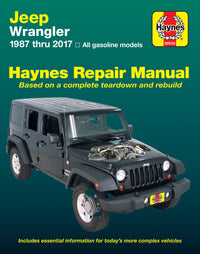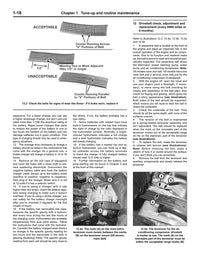Regular car maintenance is vital if you want your vehicle to be as reliable as possible. But what do you need to check and change, when does it need to be done?
Why upping your DIY car maintenance matters
- Save Money: Routine checks can prevent expensive repairs. For example, spotting a low coolant level early can save your engine from costly damage.
- Boost Safety: Brakes, tires, and fluid systems are critical to safe driving. Checking these regularly reduces your risk of accidents.
- Extend Vehicle Life: A well-maintained car can last years longer. Oil changes alone can drastically slow engine wear.
- Improve Performance & Fuel Economy: Clean filters, proper tire pressure, and fresh fluids help your car run more smoothly and use fuel more efficiently.
- Confidence & Control: Knowing your car is in good shape gives peace of mind—especially when heading on road trips or navigating harsh weather.
The following car service schedule is our recommended minimum standard for vehicles that are driven daily, and in many cases are shorter than the manufacturer's recommendations. But if you drive off-road, tow a trailer, idle or drive at low speeds for extended periods or drive for short periods (less than four miles at a time) in freezing temperatures, even shorter intervals are recommended.
As ever, check your Haynes or Chilton manual for our recommended vehicle-specific maintenance timeline.
Car maintenance checklist
Every 250 miles or weekly
- Check the engine oil level
- Check the coolant level
- Check the windshield washer fluid level
- Check the brake fluid levels
- Check the tires and tire pressures
Why it matters: These fluids are your car’s lifeblood, and under-inflated tires affect safety, wear, and fuel use.
Every 3,000 miles or 3 months
...all items listed above, as well as
- Check the power steering fluid level
- Check the automatic transmission fluid level
Why it matters: These systems keep your car easy to steer and smooth to drive. Low or dirty fluids can lead to expensive transmission issues

Every 7,500 miles or 6 months
...all items listed above, as well as
- Change engine oil and filter
- Rotate the tires
- Inspect the windshield wiper blades
- Inspect under-hood hoses
- Check the cooling system
Why it matters: Fresh oil prevents engine wear, tire rotation ensures even wear and longer life, and cooling system checks help prevent overheating.
Find a Haynes manual for your vehicle
Every 15,000 miles or 12 months
...all items listed above, as well as
- Check the battery and clean the terminals
- Check the tightness of the wheel lug nuts
- If applicable, check the differential oil level in the front (4x4) and rear axles
- Check the fuel system
- Check the brake system
- Check the anti-freeze concentration
- Check the exhaust system
- Check the transfer case oil level (4x4)
- Check the air filter
- Check the engine accessory belt
- Check the underbody and brake/fuel lines
- Check the seat belts
Why it matters: Annual checks like these help uncover issues before they become hazards—especially as components wear over time

Every 30,000 miles or 30 months
...all items listed above, as well as
- Change the brake fluid
- Check/change the transmission fluid and filter
- Change transfer case oil (4x4)
- Renew the coolant
- Replace the air filter
- Replace the cabin filter
- Check the steering, suspension and drive axle boots
- Inspect evaporative emissions control system
- Renew the remote control battery
- Replace the spark plugs
Every 48,000 miles or 40 months
- Renew the timing belt (if applicable)

Every 60,000 miles or 48 months
...all items listed above, as well as
- Inspect/replace the spark plug wires
- Change the differential oil
Final Thought
DIY maintenance isn’t just about saving money—it's about taking control of your vehicle’s reliability and safety. With just a few tools and this checklist, you can avoid surprises, enjoy better performance, and gain the confidence that comes from knowing your car is in top shape

